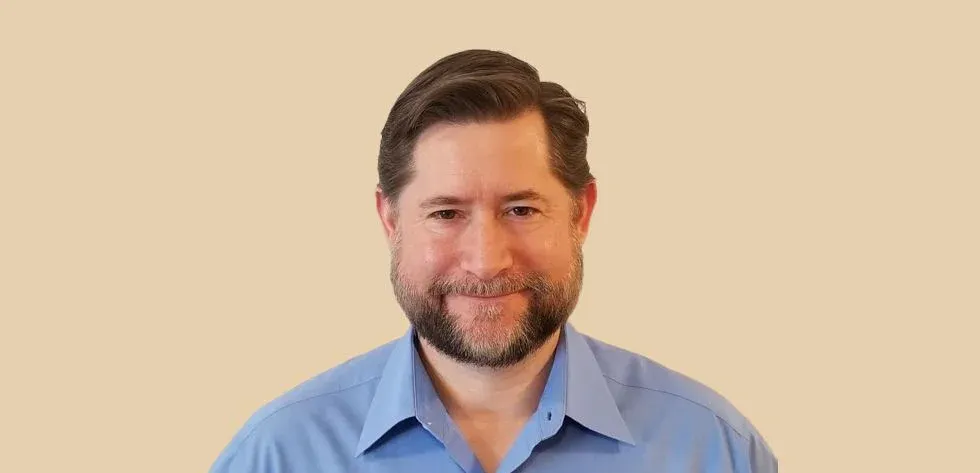All posts

Building Partnerships with State Entities like NYSERDA
Climate tech entrepreneurs often gravitate towards venture capital or federal grant funding to support their early days. However, lots of alternative options exist in the market.
We sat down with Robert Parker to explore another key source of capital: state support for energy, research and development. In addition to being the Director at SiF Capital, Robert previously was an advisor to the Innovation and Tech-to-Market teams at the New York State Energy Research and Development Authority (NYSERDA).
Every agency is different, do your homework 📝
NYSERDA has been around for over 47 years and is responsible for supporting a wide array of programs, products and technologies. One of its original mandates was to support research that informed New York State environmental policy. Historically, NYSERDA was a leader for programs like solar installation rebates and research into building energy use. However, as the climate and clean energy landscape continues to shift, NYSERDA has evolved to ensure the best support possible to new technologies and policy priorities to advance clean energy innovation and investments to combat climate change and improve health, resiliency, job opportunities and equitable benefits for all New Yorkers.
Public authorities like NYSERDA are subject to specific protocols and standards they must follow to ensure the proper investment of public funds. For example, solicitations like Requests for Proposals or Program Opportunity Notices are issued that can fund very specific or a broad range of technologies. In short, it's a big organization with a lot of breadth and priorities; so keep in mind its processes can move at a slower pace than, say, a startup can.
Also understand that as a state authority, its resources are largely contained to the state itself — NYSERDA’s focus is to help New York State hit its climate and clean energy goals which means investing in and supporting companies that have technologies that can help the State reach its targets. Companies outside of New York State can be considered under some funding opportunities if the benefit to the state can be shown.
⏲️ Don’t wait for the deadline
Be aware that it’s likely a program you apply to will have a specific time window for submitting your application. The screening process may require that applications for funding be reviewed according to the solicitation’s guidelines at the same time, unless it is an open enrollment program with applications accepted over time. State agencies across the country with available funding opportunities typically spell out funding and deadline requirements in their requests for applications. Pay attention to these so you can submit all that is required in a timely fashion.
Know your multiple audiences (as best you can)
As always, know your audience. In NYSERDA’s case, you must try to speak to a broad group of reviewers with diverse perspectives, including potentially external technical and business leaders as well as NYSERDA staff themselves. Also understand that there might be boxes you need to tick. Read the documentation closely and understand the program partners, co-sponsors, etc. Spend time looking at their press releases, public statements, frequently asked questions, and blog posts on topics relevant to the posted opportunity. Those will all provide relevant information to leverage in your application.
The POC is Important
Entrepreneurs are often told to build relationships with the listed Point of Contact (POC) on a program announcement for state or federal grants, as a means of improving their chances of success. In competitive procurements, though, there can be important legal restrictions on who you talk to about open solicitations. At NYSERDA, the point of contact or designated contact’s role is to clarify questions you may have about the application, but don’t think that you can gain an upper hand or special access by investing in a deeper relationship. State entities like NYSERDA have criteria that proposals need to meet through the review or decision process.
Play by the rules 📜
In the end, it’s surprising how many applications fail because they don’t cross all their t’s and dot all their i’s. Pay attention to the application details:
● Read the entire application and pay attention to ALL the small details. For example, are you eligible or do some criteria you might find minor disqualify you?
● Fill out the entire application. Every part counts. Don’t skimp on a section because you don’t think it’s important.
● Remember that you don’t know your entire audience. Yes, emphasize what your technology or innovation is within the solicitation guidelines (which you know because you did your homework) but don’t exclude your other value-adds. What is low priority or an unimportant detail to you might be of value to your application.
●Also, don’t forget, NYSERDA is not just about New York City. Entities like NYSERDA work across the state and there may be incredible opportunities outside the largest urban markets. There may be a better fit for your project in Buffalo or Rochester or even Schenectady, so don’t overlook other regions. Make sure your application reflects a strong understanding of the local area and the particular fit of your business model, technology, or approach to that locale.
Robert Parker is Director at Sif Capital and is a former Innovation Advisor to NYSERDA. He has worked in climate tech for over 15 years (since it was clean tech 1.0) as an entrepreneur, executive, consultant, and investor. He has advised more than 100 technology companies, helping to raise nearly $500 million for startups and clean tech projects. He has significant experience supporting cross-border expansion and renewable energy project development. Robert has worked across climate/clean tech, sustainability, and renewables, including: ag tech, solar, energy storage, monitoring, efficiency, smart grid, water, waste energy, and state-level policy. He is also a board advisor to Efigen, HELIXintel, and an adjunct professor at New York University.